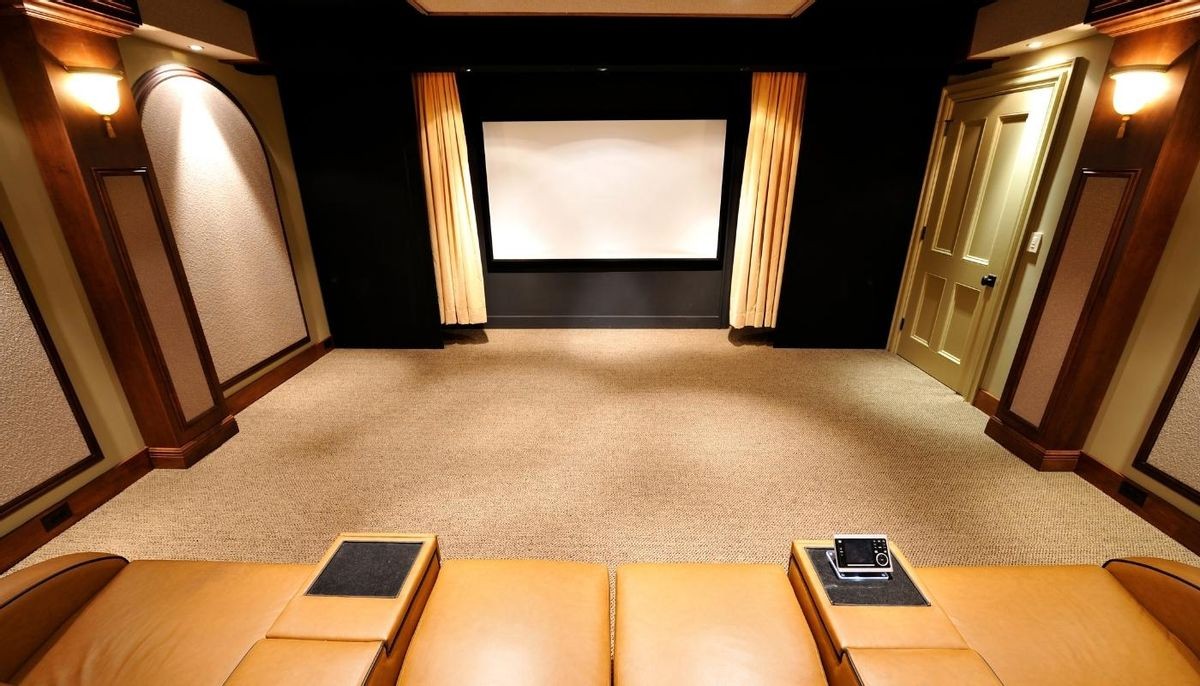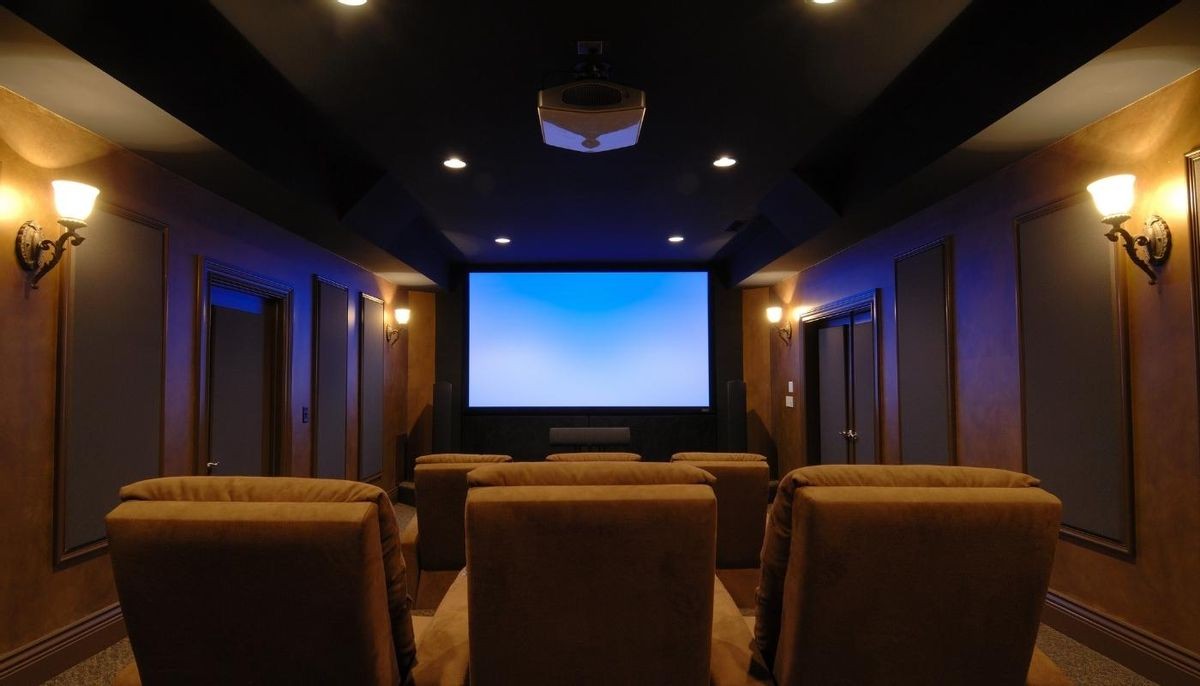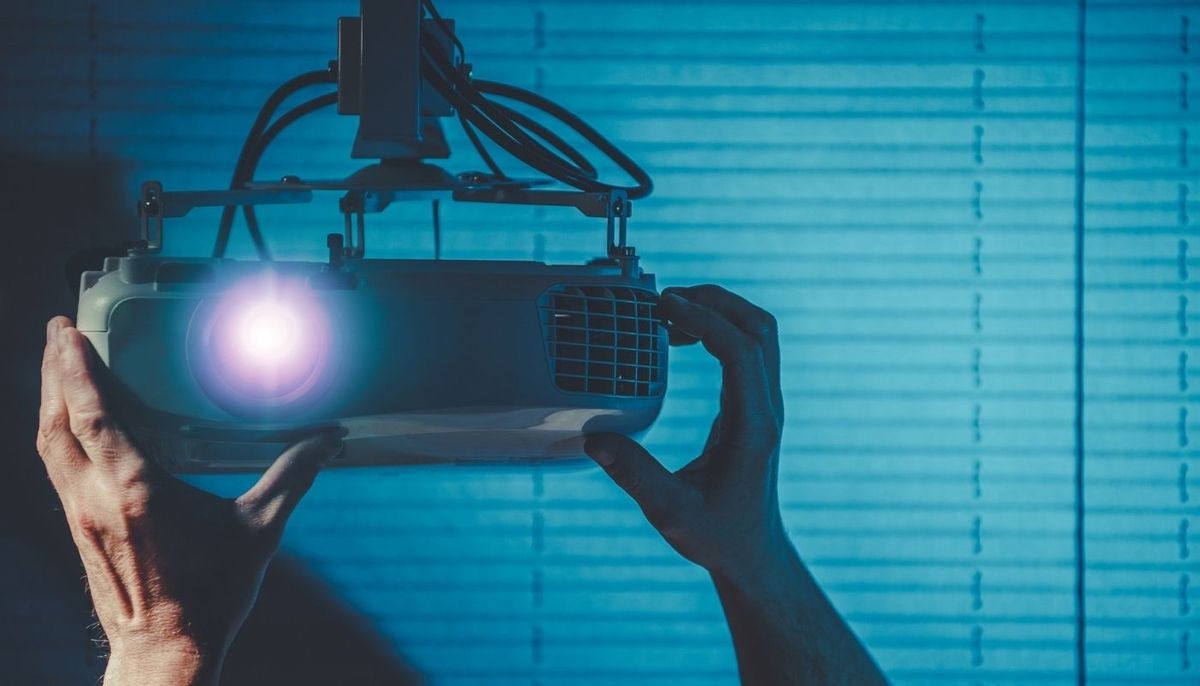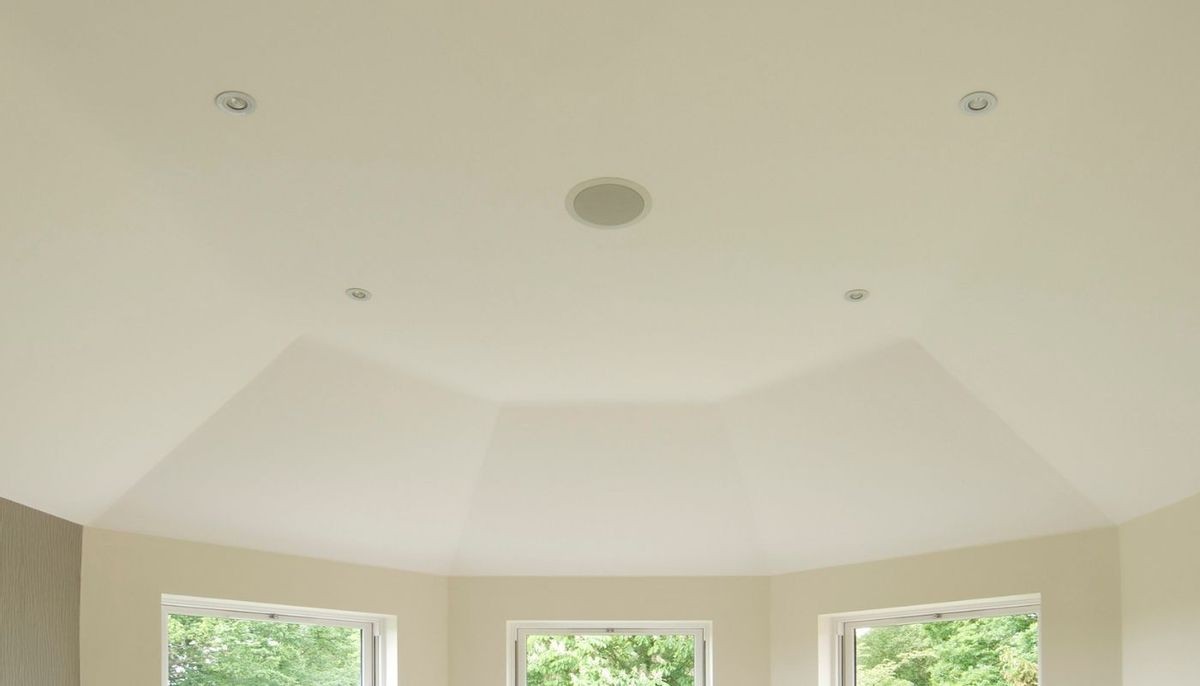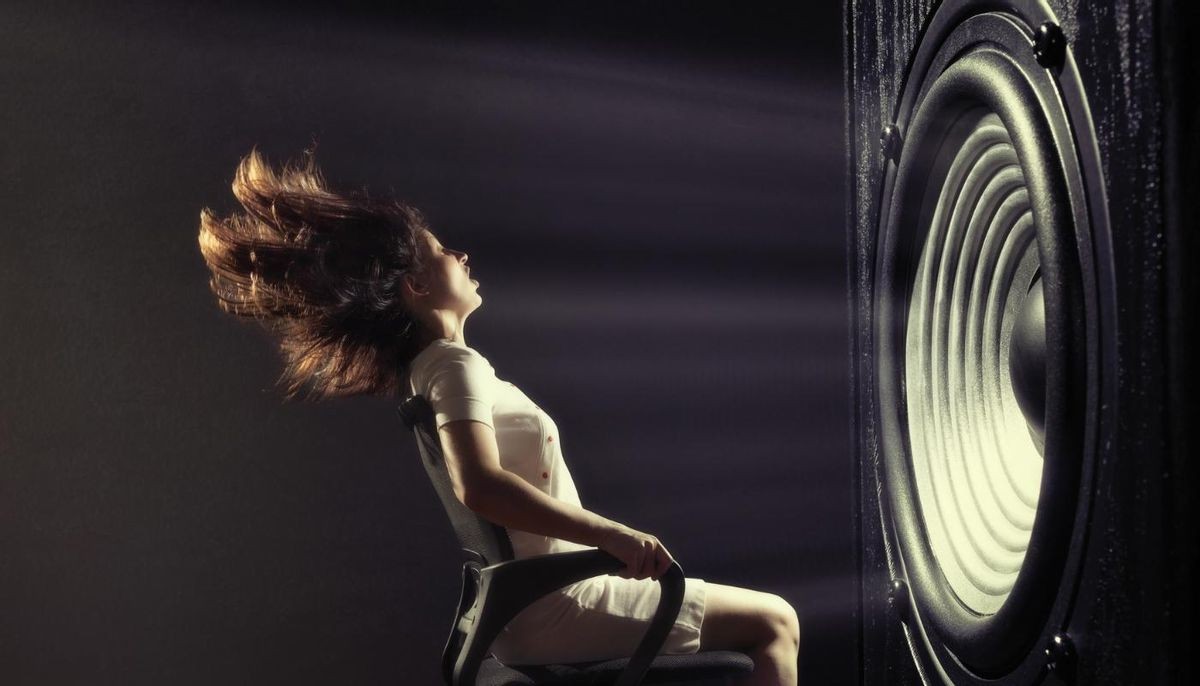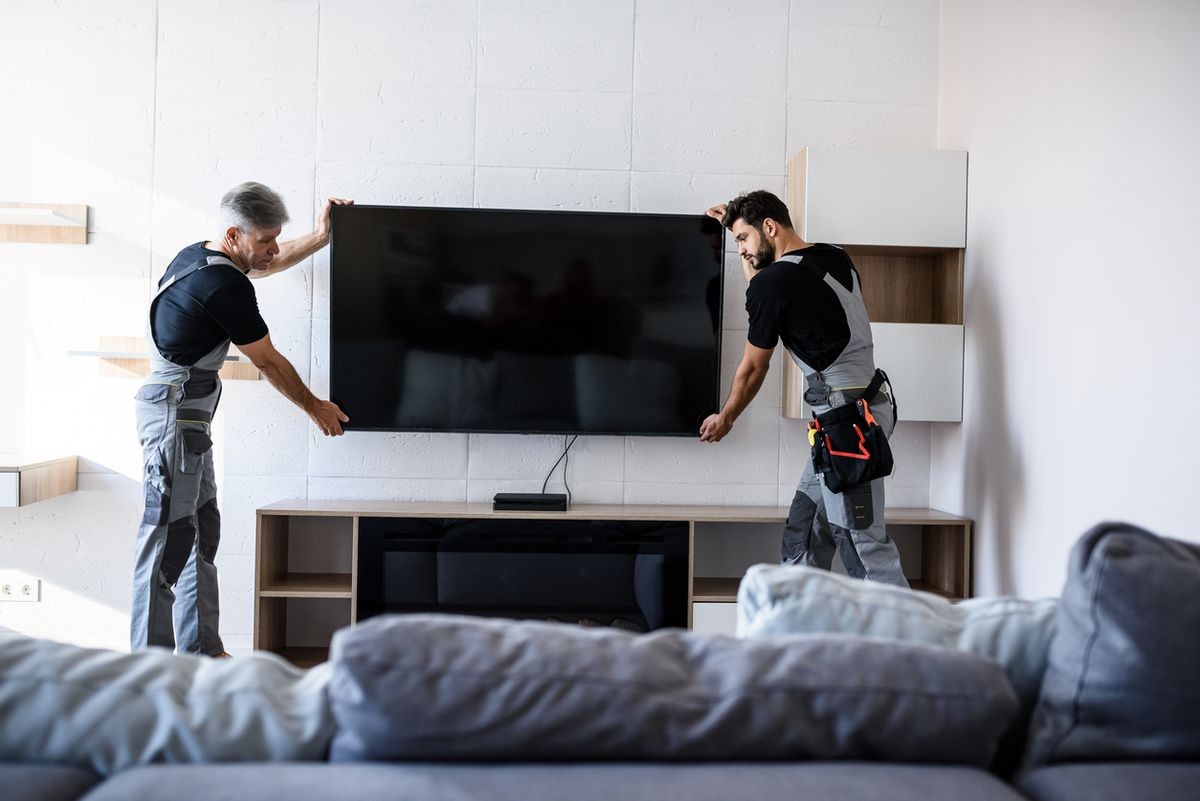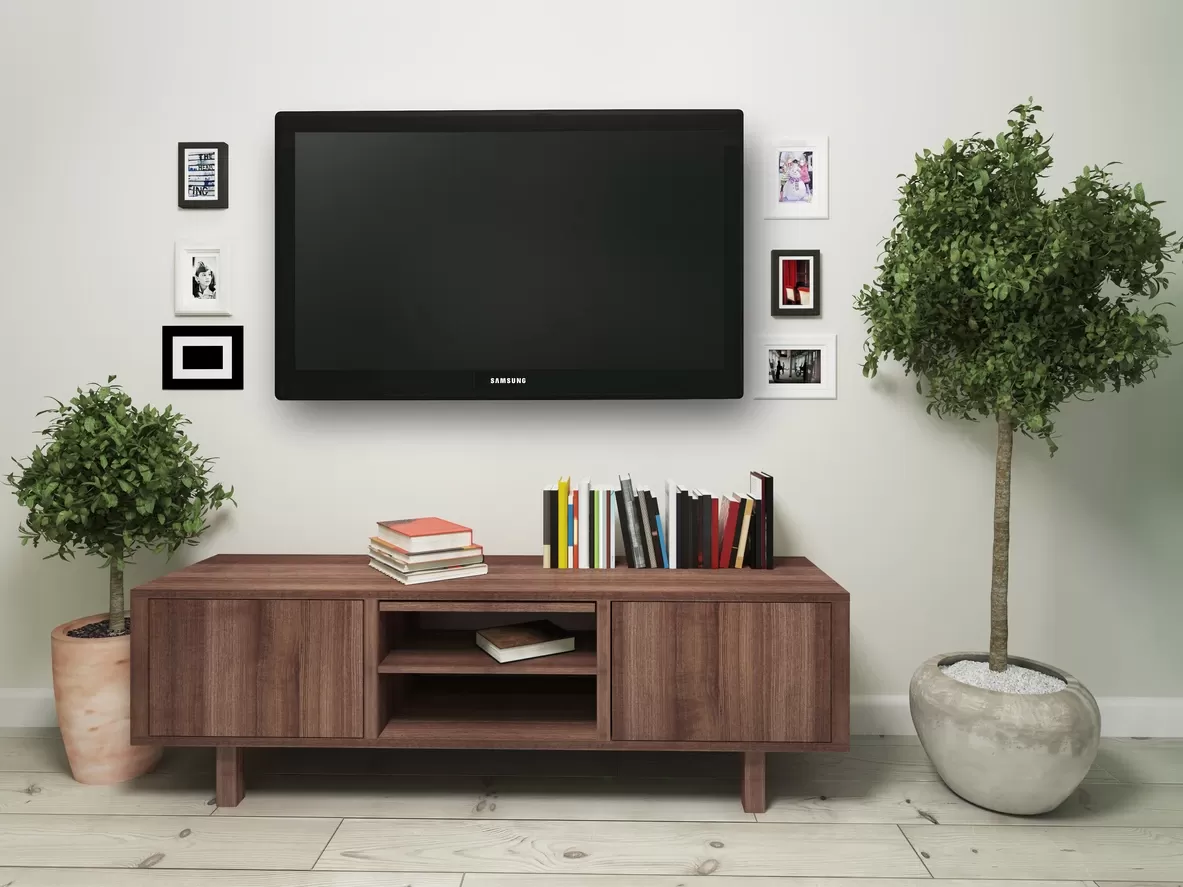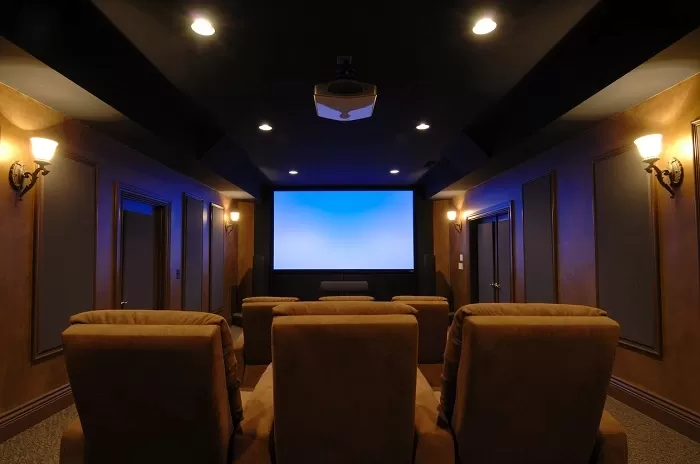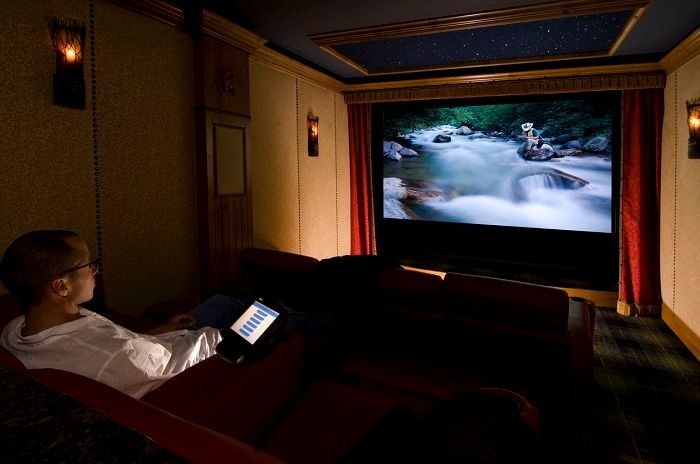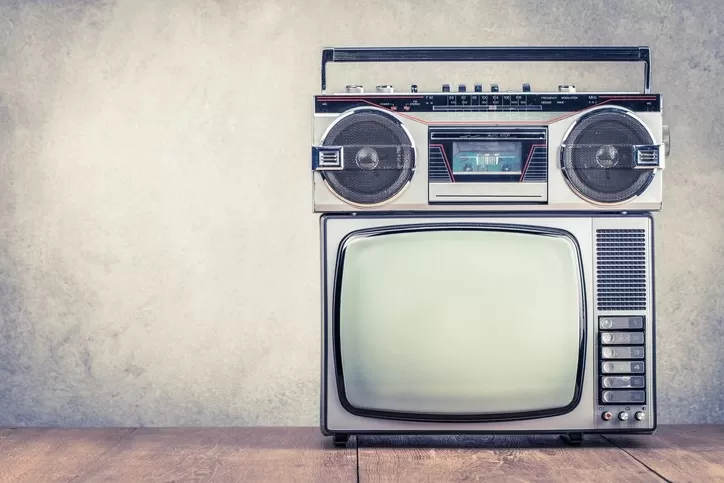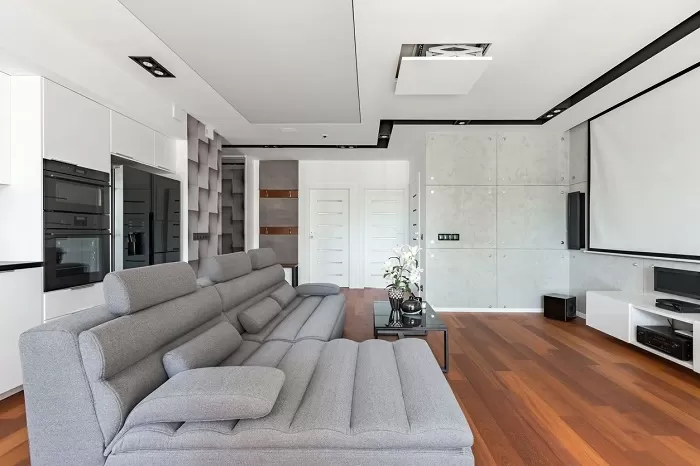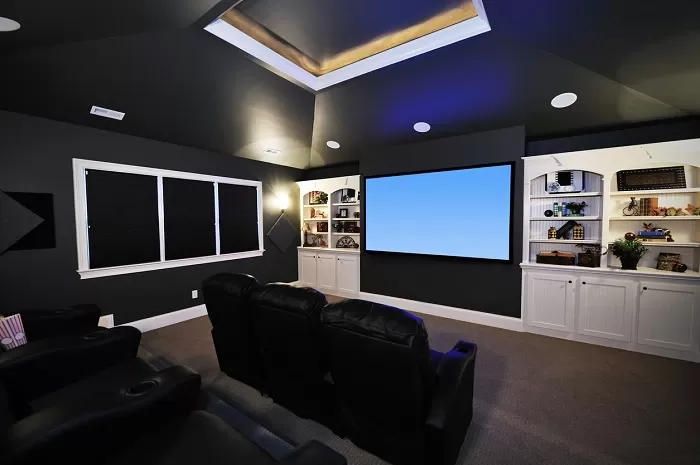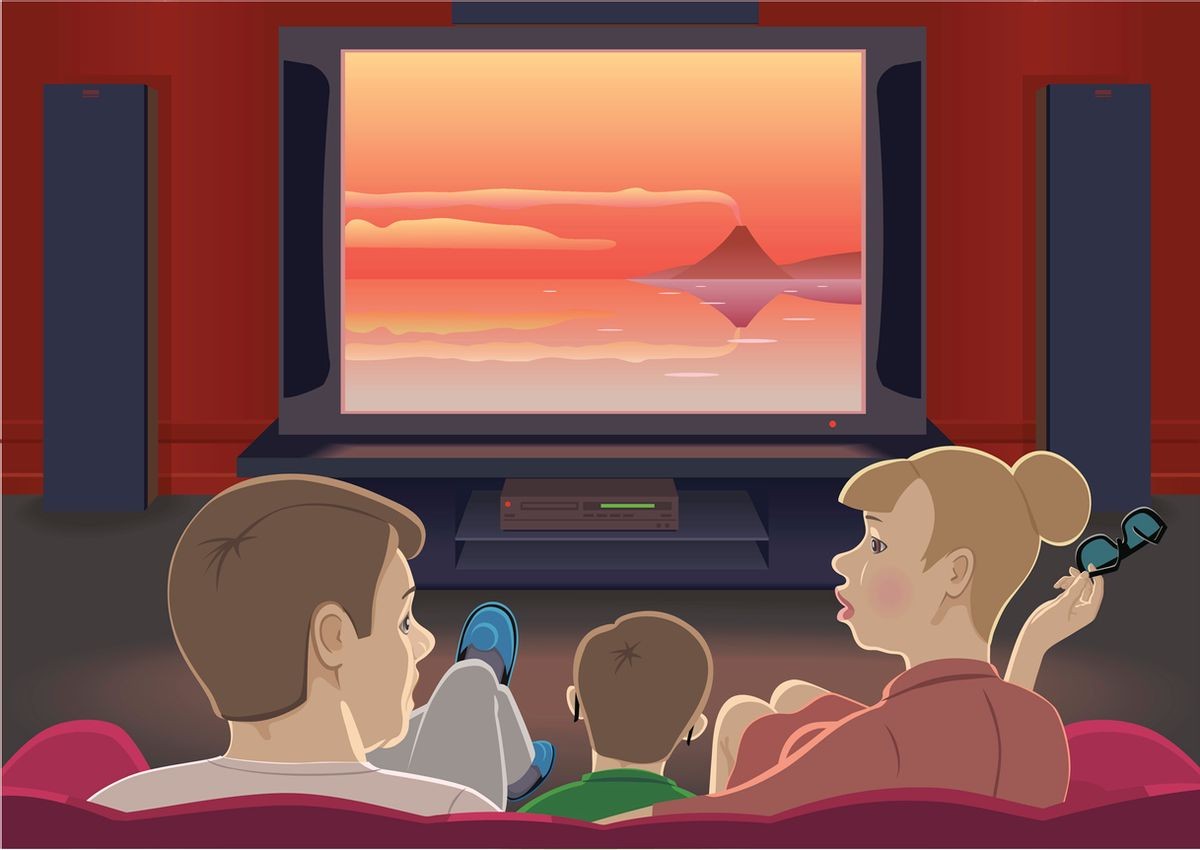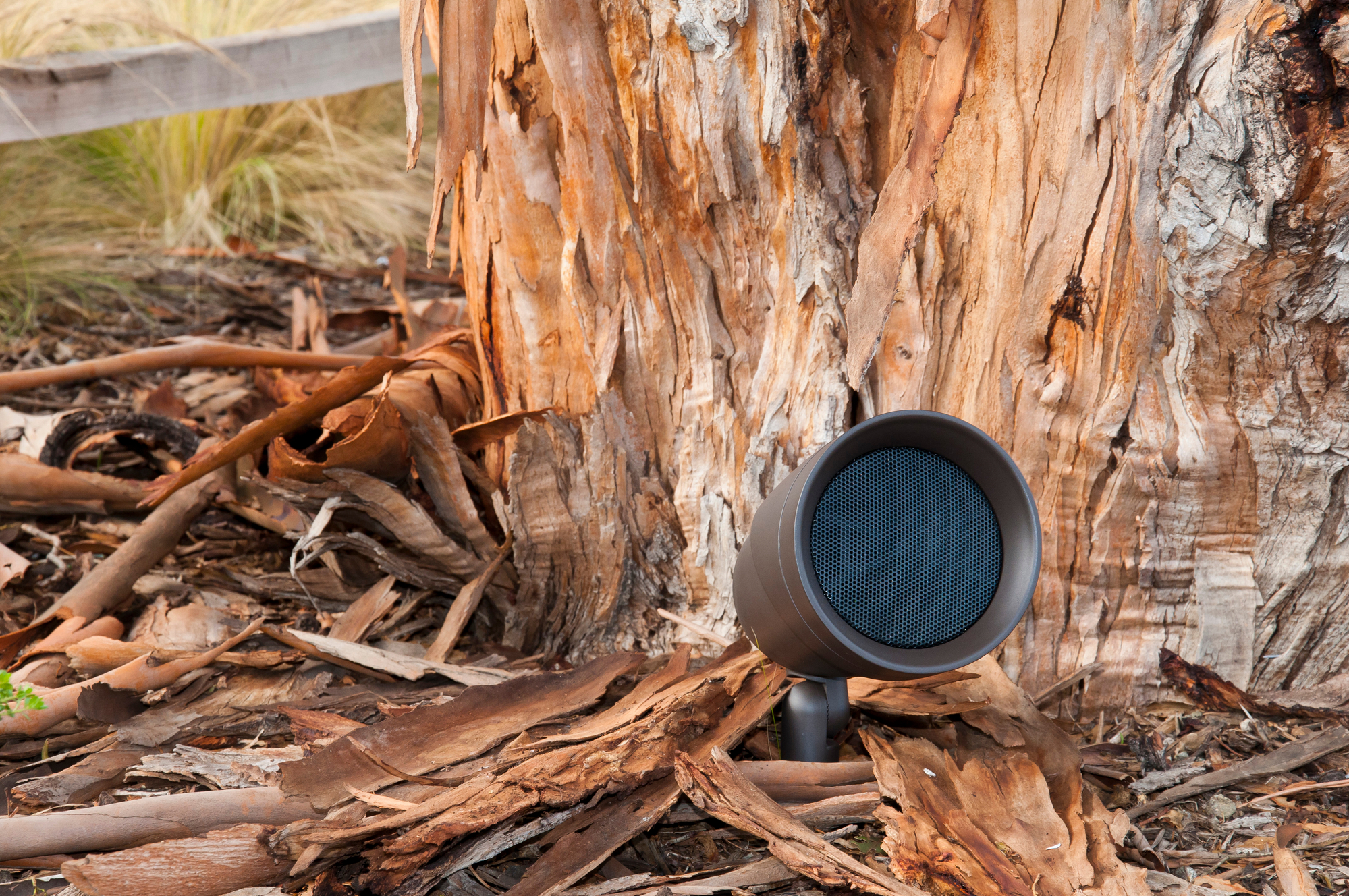Amazon Fire TV (Stick Lite, Stick, Stick 4K, and Cube)
All versions of the Amazon Fire TV Stick are some of the most affordable streaming devices out there, retailing for less than $40. They come with an HDMI connector, an Alexa voice remote, and the Stick 4K is capable of 4K Ultra HD with support for HDR. The Amazon Fire TV Cube is a set-top-box setup and retails for $120. It has all the capabilities of the sticks but also has double the storage, and ethernet connectivity native. One of Fire TV’s most popular features is its Alexa voice control. You can prompt Alexa to find your favorite shows, browse the app store or even ask about the weather. Fire TV’s app store features streaming services such as Prime Video, Netflix, and Hulu, and live TV apps such as Sling TV or YouTube TV. There are also music apps and games available for download. Amazon Prime Video and other Amazon features are heavily integrated into the Fire TV platform, so if you’re already an Amazon customer this may be a good fit for you.
Chromecast with Google TV
Chromecast with Google TV is an affordable and popular streaming option, with a retail price of around $50. It plugs into the HDMI port of your TV much like a stick; however, its HMDI connection is on a short pigtail cable, allowing it to connect a bit easier in tight spaces. It boasts 4K abilities and has a voice-controlled Google Assistant remote to help search and answer questions. It also has access to the Google Play Store and its hundreds of apps to choose from, along with its own streaming service, Google TV. Chromecast with Google TV has Dolby vision compatibility, gaming with Stadia, and Google Photos integration, which makes for a personalized touch to your streaming experience. Much like Amazon, Google TV and other Google services are heavily integrated into the Google platform, so if your home is already full of Google devices, including Nest devices, this may be the right solution for you.
Note: A “Chromecast”, unlike a “Chromecast with Google TV”, is simply a device that allows you to “cast” or “mirror” your smartphone, tablet, or computer, to a TV.
Apple TV 4K
Apple TV is a set-top-box setup with a Siri remote and retails for $179 and $199, depending on how much storage you prefer (32GB and 64GB respectively). In addition to the hundreds of apps for download from the Apple app store, you can also enjoy games from the Apple Arcade. Apple TV offers its own live TV streaming service, as well as flexible HDR and a TV calibration feature. This is the only media streaming option without a kid’s mode, but it does have password restrictions for certain content or apps that you can add. With Apple TV, you have access to things you have stored in iCloud, such as saved music or photos. You can also connect your Apple Airpods to the TV for private listening. Once again like Amazon and Google, if your other electronic products are Apple, this may be the route for you so you can streamline your devices and enjoy all of Apple TV’s features.
Roku (Express, Express 4K+, Streaming Stick+, Ultra, Streambar, and Streambar Pro)
Roku has the most versatile selection of devices including stick-like devices with cable pigtails, a stick, a set-top-box device, and even (2) soundbar solutions, all ranging from $30 to $150. Roku has 4K capabilities and has the most streaming app options in its app store. Unlike other streaming services, Roku is impartial to any one streaming service and does not try to promote one streaming app over another. It also has a screen mirroring feature, where you can easily project content from your phone or tablet to the TV screen. Another perk of Roku is that while it does offer a physical voice remote, you can also control it from your phone by downloading the Roku app. Rokus are also compatible with Amazon, Google, and Apple voice assistants. The remote also has a 3.5 stereo jack that you can plug wired headphones into, allowing for private listening. Roku Streambars add cinematic sound into the environment by having the media player built into a four-speaker soundbar, which is unlike any other product on the market. If you’re brand agnostic, or maybe just want a little more flexibility when it comes to brands, a Roku device might be the way to go.
